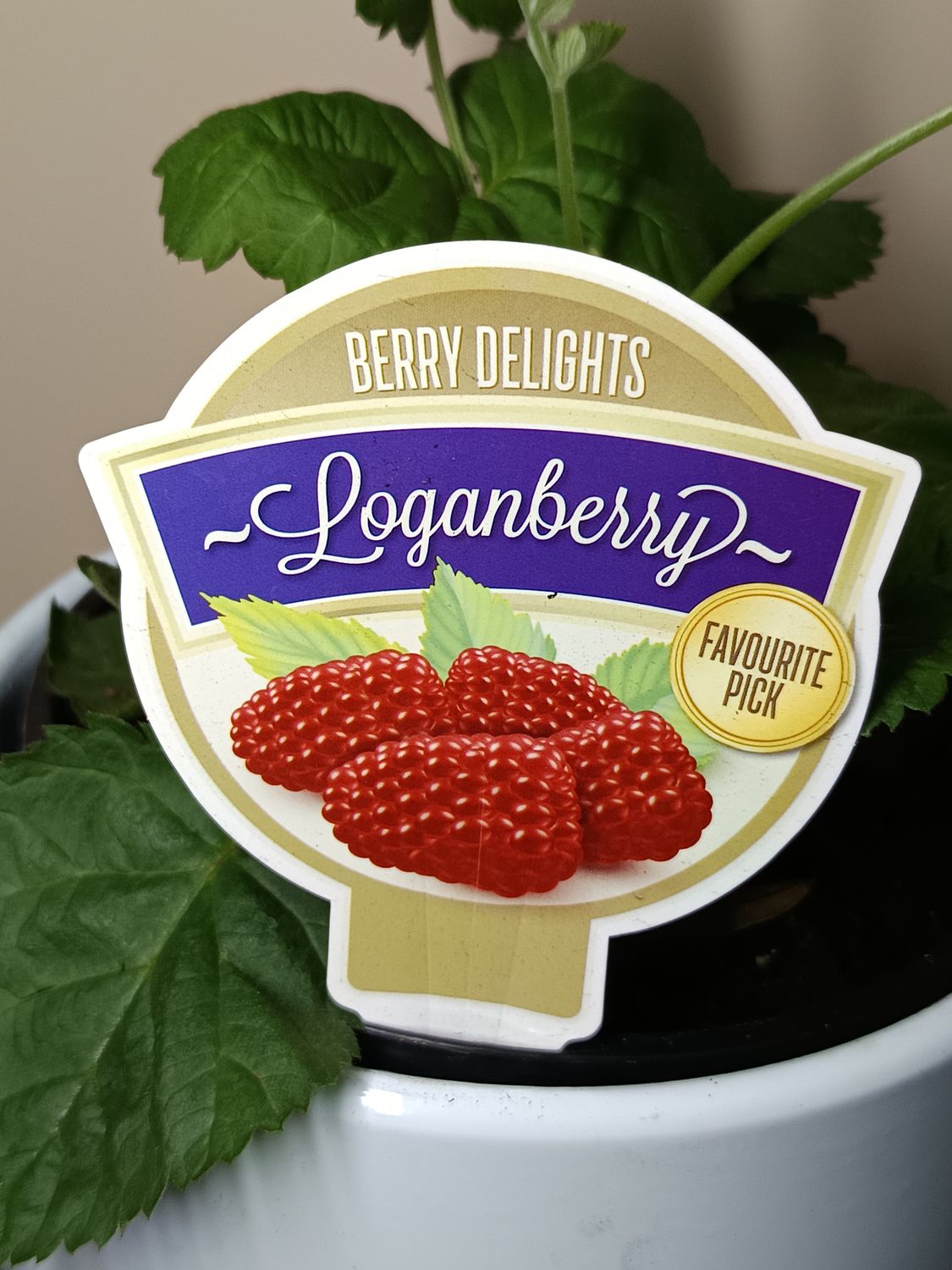Loganberry
Loganberry
Botanical Name: Rubus × loganobaccus
English Names: Loganberry
Origin and Spread:
The loganberry is a hybrid of blackberry and raspberry, developed in California in the late 19th century. It has since spread to many temperate regions and is grown in gardens worldwide.
Plant Uses:
Loganberries are used for fresh eating, jams, pies, and desserts. They are also popular for making wines, syrups, and juices due to their sweet-tart flavour.
Fruit Tasting Profile and Appearance:
The fruit is large, elongated, and dark red, combining the sweetness of raspberries with the slight tartness of blackberries. Loganberries are juicy with a deep, rich flavour, perfect for snacking or adding to sweet and savoury dishes.
Historical Health Benefits:
Loganberries are rich in vitamins C and K, fibre, and antioxidants, contributing to a healthy diet and offering benefits for digestion and immune health.
Growing Conditions:
pH growing conditions: Prefers slightly acidic soil (5.5-7.0).
Sun or shade position: Full sun for best fruit production, though it can tolerate partial shade.
5-year minimum pot size: 30-50L for container growing.
Adult full size: Grows to about 2-3m high with trailing canes.
Manageable prune size: Can be kept at 1.5-2m with regular pruning.
Cold tolerance: Hardy to -15°C, making it suitable for colder climates.
Time to fruit from seed: Typically fruits in 1-2 years from a cutting or plant.
Watering Requirements:
Regular watering is needed, especially in hot, dry conditions. Keep the soil consistently moist but not waterlogged.
Pests and Disease Management:
Loganberries can be affected by aphids, spider mites, and powdery mildew. Ensure good air circulation and avoid overhead watering to prevent fungal diseases.
Companion Plants:
Loganberries grow well alongside other berries like strawberries and blueberries. They benefit from nitrogen-fixing plants like clover or beans nearby.
Pollination:
Self-pollinating, so only one plant is needed to produce fruit.
Propagation:
Easily propagated by layering or cuttings. Tip layering in autumn is a reliable method.
Interesting Notes:
Loganberries produce large quantities of fruit on their trailing vines, making them perfect for home gardeners looking for abundant harvests. They require a trellis or support to grow effectively.
Pick-up location: Parkwood (near Riverton) by appointment only. Limited stock, so order now to secure your plant!
Keywords: Loganberry for sale Perth, Rubus × loganobaccus, berry plants for sale Perth, hybrid berry plants
